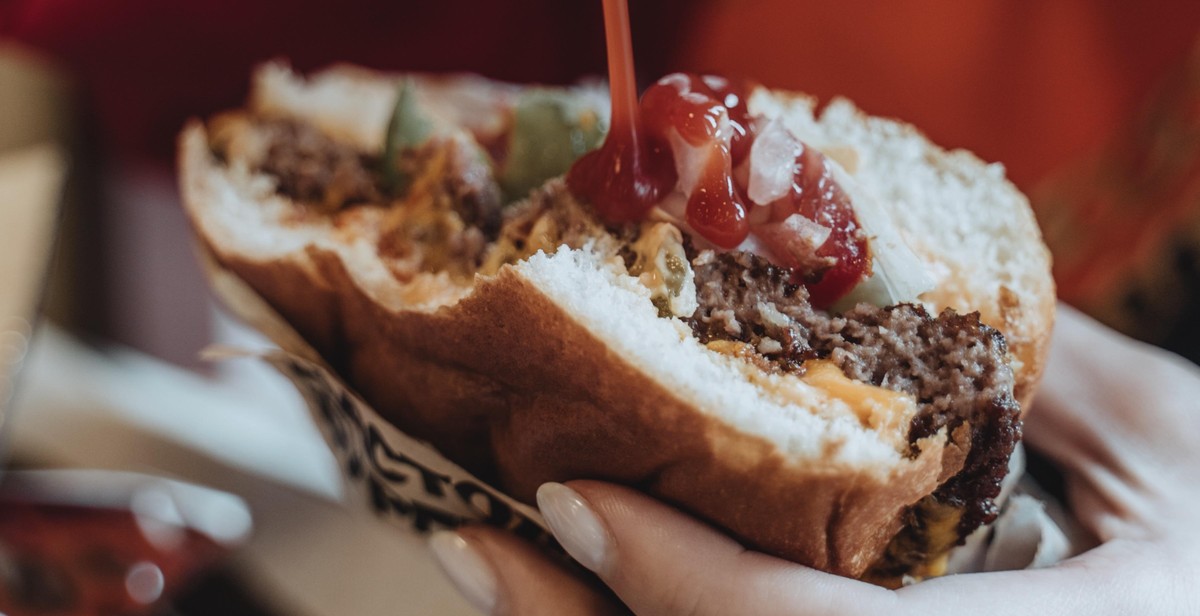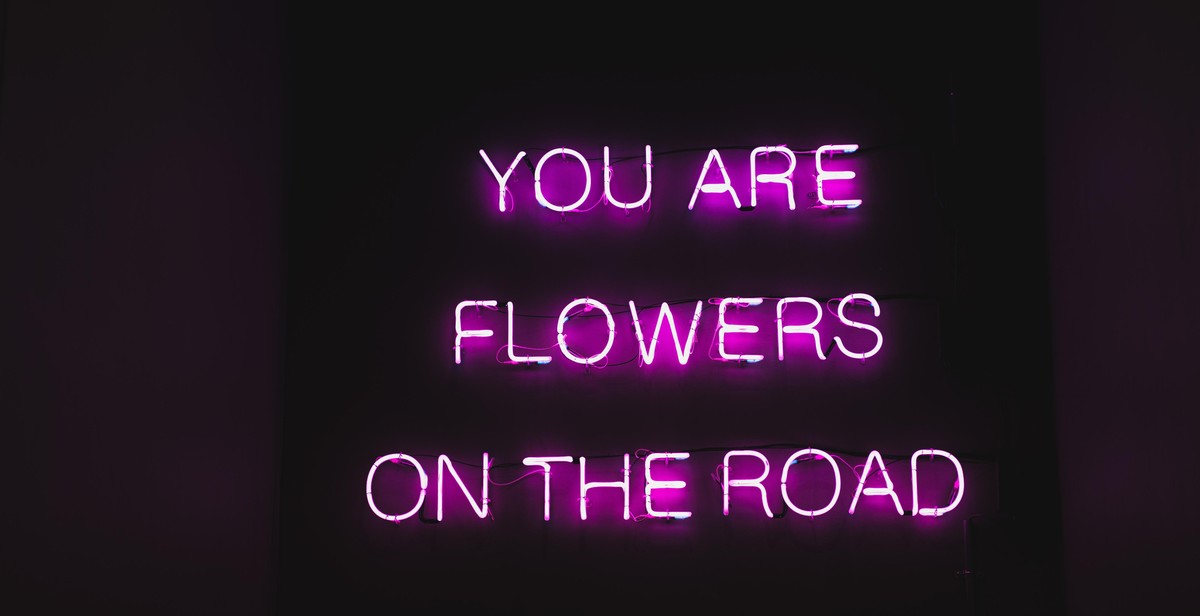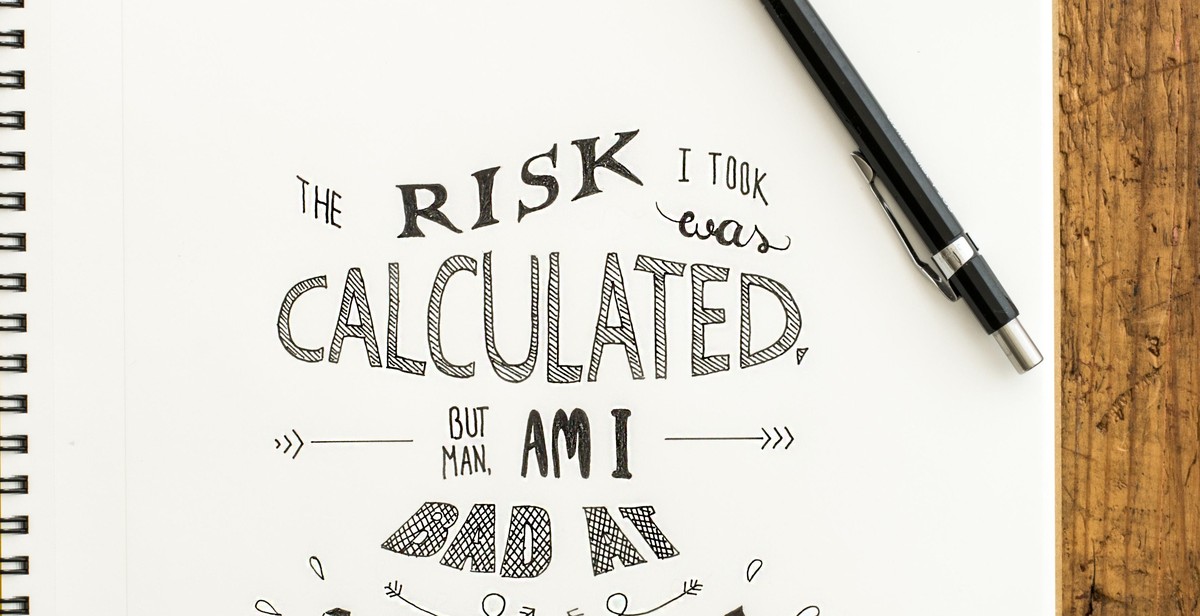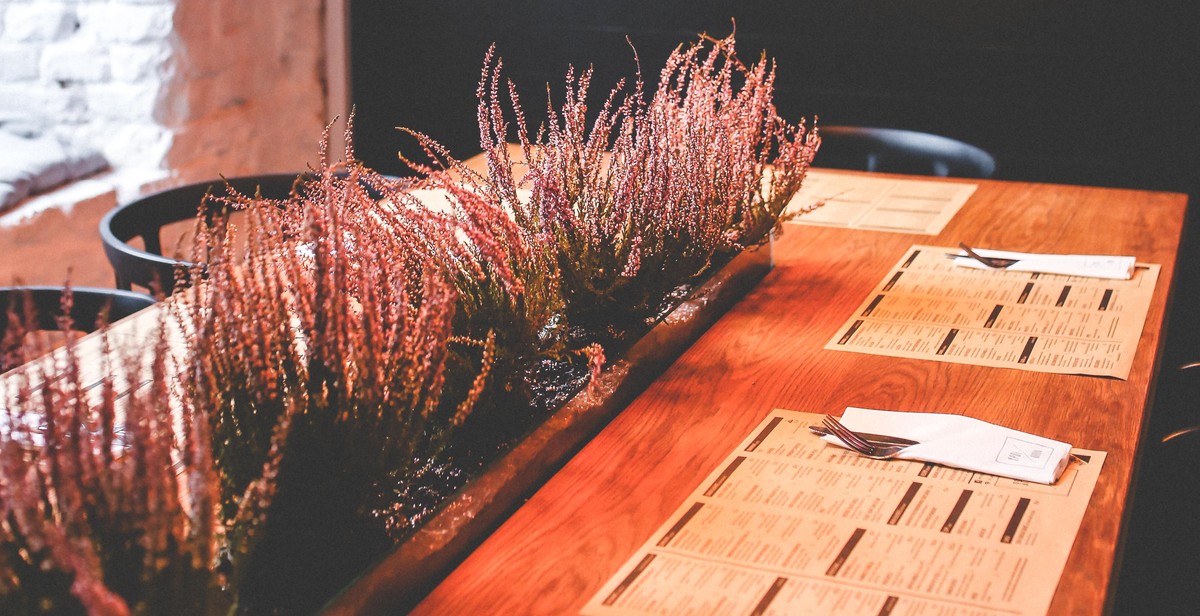How to Pair Fonts in Restaurant Menu Design: Enhancing Appetite Appeal and Readability
When it comes to designing a restaurant menu, there are several important factors to consider. One of the most crucial elements is the use of fonts. Font pairing can make or break the overall aesthetic of a menu, as well as affect its readability and appeal to customers.
Why Font Pairing Matters in Restaurant Menu Design
Choosing the right fonts for a restaurant menu is not just about aesthetics. It’s also about creating a design that is easy to read and understand for customers. The right font pairing can enhance the visual appeal of the menu, making it more appetizing and enticing to customers.
Additionally, font pairing can also help to organize the information on the menu, making it easier for customers to navigate and find what they’re looking for. By using different fonts for headings, descriptions, and prices, for example, a menu can become more organized and user-friendly.
Overall, font pairing is an essential aspect of restaurant menu design that should not be overlooked. In this article, we will explore the various considerations that go into choosing the right fonts for a menu, as well as provide tips and tricks for effective font pairing.

Understanding Font Pairing
Font pairing refers to the practice of selecting and combining two or more fonts in a design project. In the case of restaurant menu design, font pairing is crucial in creating a visually appealing and easy-to-read menu that enhances appetite appeal and readability.
Why is Font Pairing Important in Restaurant Menu Design?
Restaurant menus are one of the most important marketing tools for any restaurant. They can make or break the dining experience for customers. The right combination of fonts can make a menu visually appealing and easy to read, while the wrong combination can make it difficult to read and unappetizing.
Font pairing can help to create a hierarchy of information on the menu. For example, the main dish names can be in a bold, attention-grabbing font, while the descriptions and prices can be in a more subtle font that is easy to read. This can help customers quickly find what they are looking for and make informed decisions about what to order.
Another reason why font pairing is important in restaurant menu design is that it can help to convey the restaurant’s brand identity. The fonts used on the menu should be consistent with the restaurant’s overall branding, including the logo, website, and other marketing materials.
Overall, font pairing is an essential aspect of restaurant menu design. It can help to create a visually appealing and easy-to-read menu that enhances appetite appeal and readability, while also conveying the restaurant’s brand identity.

Factors to Consider When Choosing Fonts for Your Restaurant Menu
When designing a menu for your restaurant, choosing the right fonts is crucial. The fonts you choose should reflect your brand identity, enhance readability, and stimulate appetite appeal. Here are some factors to consider when choosing fonts for your restaurant menu:
1. Brand Identity
Your menu is an extension of your brand identity. The fonts you choose should be consistent with your restaurant’s branding strategy. If your restaurant has a modern and trendy vibe, choose fonts that are sleek and contemporary. If your restaurant has a rustic and traditional feel, choose fonts that are more classic and ornate.
Consistency is key when it comes to branding. Make sure the fonts you use on your menu are the same as the fonts on your website, business cards, and other marketing collateral. This will help reinforce your brand identity and make your restaurant more memorable to customers.
2. Readability
Your menu should be easy to read and understand. Choose fonts that are legible and clear. Avoid using fonts that are too small or too fancy, as they can be difficult to read, especially for older customers or those with visual impairments.
When it comes to font size, a good rule of thumb is to use a minimum of 12-point font for body text and 16-point font for headings. This will ensure that your menu is easy to read and customers can quickly find what they’re looking for.
3. Appetite Appeal
The fonts you choose can also enhance the appetite appeal of your menu. Use fonts that are appetizing and evoke a sense of hunger. For example, script and cursive fonts can be used for headings to create a sense of elegance and sophistication, while bold and sans-serif fonts can be used for body text to create a sense of urgency and excitement.
Another way to enhance appetite appeal is to use fonts that are associated with certain cuisines. For example, if your restaurant serves Italian food, consider using a font that is reminiscent of Italian handwriting or calligraphy.
| Summary |
|---|
| Choosing the right fonts for your restaurant menu can make a big difference in how customers perceive your brand, read your menu, and feel about your food. Consider your brand identity, readability, and appetite appeal when selecting fonts for your menu. Remember to be consistent with your branding and use fonts that are easy to read and appetizing. |

Tips for Pairing Fonts in Restaurant Menu Design
Creating an eye-catching and readable restaurant menu design is crucial for attracting customers and enhancing the overall dining experience. Choosing the right fonts can significantly improve the visual appeal and readability of your menu. Here are some tips for pairing fonts in restaurant menu design:
1. Choose Fonts with Contrasting Styles
Contrasting font styles can create a dynamic and visually appealing design. Pairing a bold font with a thin font, or a serif font with a sans-serif font, can create a nice contrast and make your menu stand out. However, make sure the contrast is not too drastic, as it may cause visual confusion and make the menu difficult to read.
2. Choose Fonts with Similar Characteristics
Fonts with similar characteristics, such as similar weight, height, or style, can create a cohesive and harmonious design. Pairing two different fonts with similar characteristics can create a subtle contrast that adds interest to your menu. For example, pairing two sans-serif fonts with similar weights can create a clean and modern look.
3. Limit the Number of Fonts Used
Using too many fonts can make your menu look cluttered and unprofessional. Limiting the number of fonts used to two or three can create a more cohesive and organized design. Make sure to choose fonts that complement each other and fit the overall theme of your restaurant.
- Choose fonts with contrasting styles for a dynamic design
- Choose fonts with similar characteristics for a cohesive look
- Limit the number of fonts used to avoid clutter
| Font 1 | Font 2 | Style |
|---|---|---|
| Montserrat | Playfair Display | Sans-serif and Serif |
| Roboto | Lato | Sans-serif |
| Baskerville | Futura | Serif and Sans-serif |

Examples of Font Pairing for Restaurant Menus
Choosing the right fonts for your restaurant menu can be a daunting task. Here are three examples of font pairing that can enhance both the appetite appeal and readability of your menu:
Example 1: Serif and Sans Serif Pairing
Pairing a serif font with a sans serif font can create a classic and elegant look for your menu. Serif fonts have small lines at the ends of their letters, which can enhance the readability of your menu items. On the other hand, sans serif fonts are clean and modern, which can make your menu look more contemporary.
For example, you can pair a serif font like Times New Roman with a sans serif font like Helvetica. This combination can create a professional and sophisticated look for your menu.
Example 2: Script and Sans Serif Pairing
Pairing a script font with a sans serif font can create a unique and artistic look for your menu. Script fonts have a handwritten feel, which can add a personal touch to your menu items. Sans serif fonts, on the other hand, can provide a clean and modern backdrop for your script font.
For example, you can pair a script font like Pacifico with a sans serif font like Open Sans. This combination can create a playful and inviting look for your menu.
Example 3: Display and Sans Serif Pairing
Pairing a display font with a sans serif font can create a bold and eye-catching look for your menu. Display fonts are designed to stand out and grab attention, which can make your menu items more memorable. Sans serif fonts can provide a simple and clean background for your display font.
For example, you can pair a display font like Lobster with a sans serif font like Roboto. This combination can create a trendy and contemporary look for your menu.
By using these font pairing examples, you can create a visually appealing and easy-to-read menu that will entice your customers and enhance their dining experience.

Conclusion
Pairing fonts in restaurant menu design is a crucial aspect of creating a visually appealing and readable menu. A well-designed menu can enhance the appetite appeal and overall dining experience of customers.
When selecting fonts for your restaurant menu, it is important to consider the type of cuisine you offer, your brand identity, and the readability of the text. Using contrasting fonts can create a visual hierarchy and draw attention to important menu items.
Remember to keep the menu design simple and clean, and use white space effectively to avoid overwhelming the reader. Additionally, consider the size and spacing of the text to ensure that it is easy to read for customers of all ages.
Finally, always test your menu design with a focus group to ensure that it is effective in conveying your brand message and enticing customers to try your dishes.
Key Takeaways
- Pairing fonts in restaurant menu design is essential for enhancing appetite appeal and readability.
- Consider the type of cuisine, brand identity, and readability when selecting fonts.
- Use contrasting fonts to create a visual hierarchy and draw attention to important menu items.
- Keep the design simple and clean, and use white space effectively to avoid overwhelming the reader.
- Test your menu design with a focus group to ensure that it is effective in conveying your brand message and enticing customers to try your dishes.
| Benefits of Effective Menu Design |
|---|
| Increased sales and revenue |
| Enhanced brand identity and recognition |
| Improved customer experience and satisfaction |
| Increased customer loyalty and repeat business |
By following these guidelines and incorporating effective menu design, restaurants can create a memorable and enjoyable dining experience for their customers.
